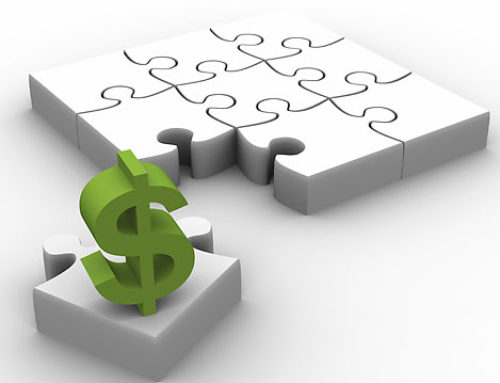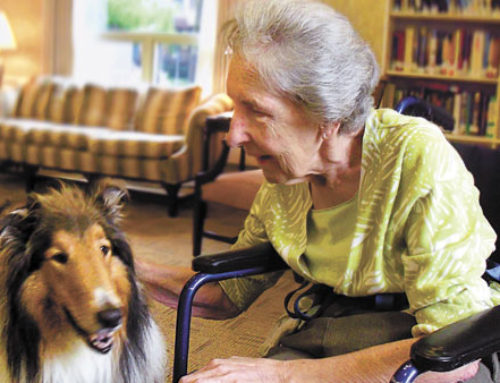THE FUTURE ENVIRONMENT ARRIVES
The built environment, where we spend over 90% of our time is rapidly evolving. Workplace Design is focused on ‘human capital” as productivity and creativity are the new corporate assets. However, Cushman & Wakefield reports 50% of employees would rather not be in the office. Healthcare Design has embraced customizing the experience to the consumer’s profile. Concierge doctors and digital health delivery are poised to become the standard of care. Millennials, who prefer retail clinics are flocking to start-ups like Parsley Health that are breaking the stigma of the traditional doctor’s office. Hospitality and Retail Design is about placemaking and creating experiences that evoke an emotional response. Amazon’s purchase of Pill Pack, Best Buys installation of a Chief Medical Officer and Walmart Health and CVS’ Health Hubs continue to unite retail design and healthcare. Residential Design positions homes that function as workplace, hotel and co-living space. The desire to age in place coupled with telehealth and wearable device technology is bringing healthcare into the home circumventing assisted living and offering in home hospice as the preferred end of life choice. Designing beautiful spaces is no longer enough. Our designs must elicit the desired experience, be transparently sustainable, and empower the demographic it serves. All sectors of the built environment are rethinking the function of their real estate. As designers are we in the health care business? Are we a decade away from your home or office being a component of your medical prescription for well-being?
THE DESIGN IMPACT
The environmental psychologist describes the current era as one of angst-fueled by political unrest, climate change and anticipation of the next recession. Behavioral health issues such as PTSD, anxiety, and depression seep into all design sectors. The desire for comfort in these anxious times has increased. How do the spaces we inhabit contribute to or relieve us from anxiety? The growing data within neuroscience provides insight into the primal connection human beings have to their environment. Mounting research substantiates the release of endorphins, dopamine and serotonin, the happy hormones due to conditions of the built environment as well as the release of adrenaline, cortisol and stress hormones in reaction to negative environments. These stress hormones cause inflammation in the body. The resounding correlation between short-term and long-term health consequences is overwhelming.
While millennials view health, not as episodic, but as a holistic part of the daily experience, generation Z will further the way we design space for well-being. Gen Z have grown up with iPads in their cribs and hunger for a tactile experience as an escape from their 2D world. McKinsey & Co research finds today’s digital natives are craving interaction with people and desire places to belong. Following the lead of airlines and hotels, Landry’s is one restaurant powerhouse operating more than 500 dining establishments moving to a membership model to capitalize on this need to belong. As our screen time increases the basic human need for social connection increases. Appealing to our human nature the built environment must encompass natural light and circadian rhythm lighting, organic forms and the use of biophilic elements like wood, stone, and plants. In addition, the design must respect scale and interior/exterior views from a human vs. a “portfolio perspective”. Humanness today is the desired product of any good design.
COLLABORATION OF SKILL SETS
Interior Designers are specifically trained in how people experience environmental conditions and each other in space. Although we may look at space in a granular way – we are inherently the strategist. This involves our deep understanding of how the space we design is operated, maintained, managed and utilized now and in the future. As I complete my role as the ASID national chair of the board of directors, I have been served with a new understanding of the unrecognized and untapped potential interior design imparts on the human experience. ASID serves 25,000 members, many of whom like me have been caught in the crosshairs of a rapidly evolving industry. Yet as designers – and I use the term in a broad sense – in combination with applied science, we hold the power to shape humans and their experience in the environments we live, work, play and heal. ASID has maintained a razor focus on promoting “Design Impacts Life”. The recently announced WELL conference formed as a joint venture between ASID, IWBI and Emerald Exhibitions is an exciting extension of our platform as we continue to collaborate with like-minded professionals in the fields of architecture, urban planning, industrial design, graphic design, environmental design, ux design, epigenetics, phenomenology, neuroscience, neuroaesthetics, anthropologists, futurists and a host of others who are interested in evolving the human experience.





